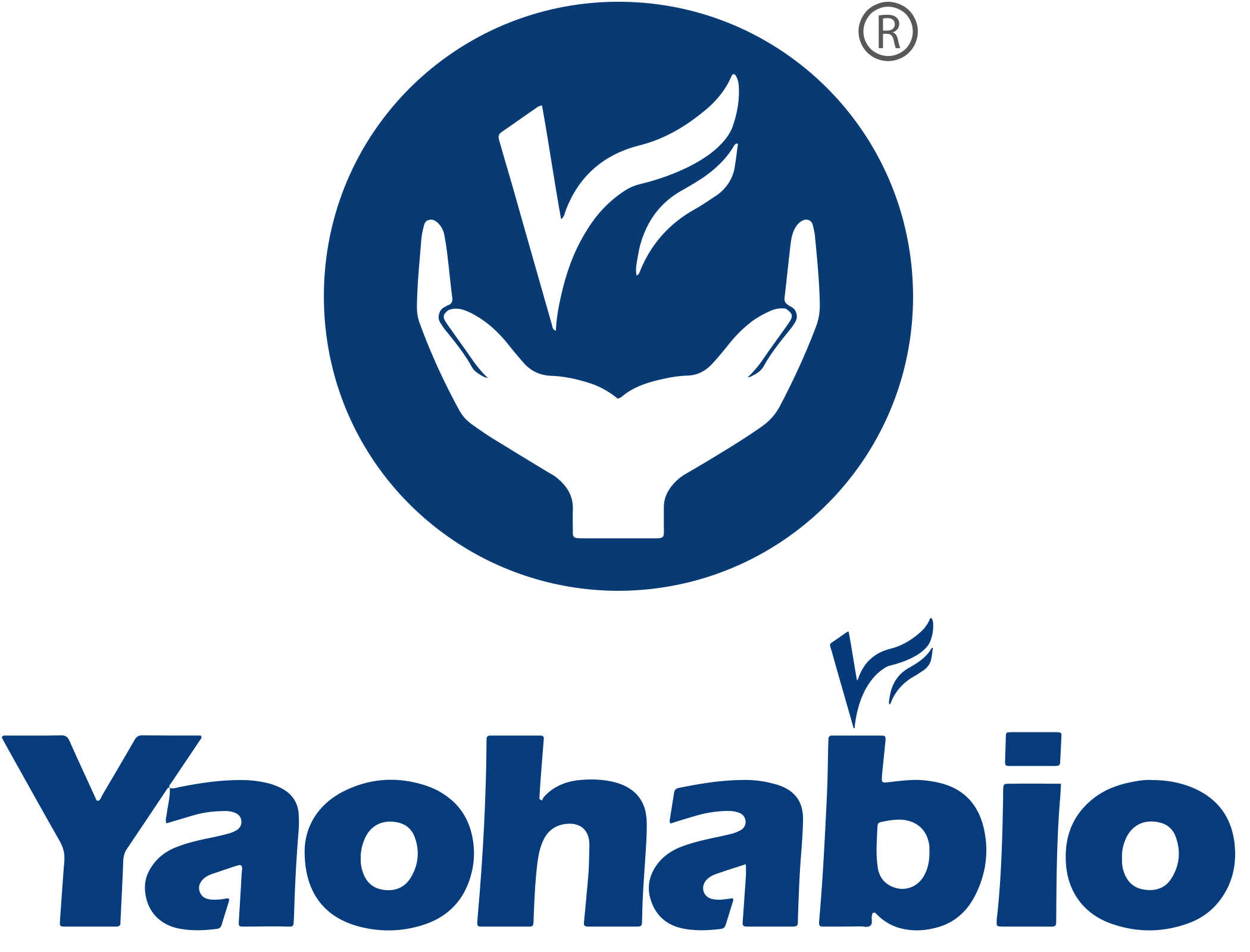Glutamine and asparagine side chains deamidation is a common modification in terms of impact on the properties of protein biopharmaceuticals. Deamidation can occur in glutamine residues, but usually at a much lower rate. The deamidation rates are influenced by temperature, pH, local protein structure and flanking aminoacyl residues.
Yaohai BioPharma offers amino acid deamidation testing service, which allows you to detect amino acid deamidation by Liquid Chromatography-Mass Spectrometry (LC-MS).
We have been involved in the Protein Structural Characterization of various large molecules, including Recombinant Subunit Vaccines, Nanobodies/VHHs/ Single-domain Antibodies (sdAbs), Antibody Fragments, Hormones/Peptides, Cytokines, Growth Factors (CF), Enzymes, Collagens, etc.
Regulatory Requirements for Amino Acid Deamidation
According to the ICH Q6B guidelines, deamidated forms may be detected and characterized by chromatographic, electrophoretic and/or other relevant analytical methods.
Analytical Methods
| Analysis |
Methods |
| Deamidation |
Liquid Chromatography-Mass Spectrometry (LC-MS) |
Procedures
e.g., aspartic deamidation
1. Enzymatic digestion
2. LC-MS under the High-Performance Liquid Chromatography (HPLC) condition
3. Data analysis
Asparagine deamidation occurs via a succinimide intermediate (Suc), which is susceptible to racemization and hydrolysis, yielding four Asp isomers, including L-Asp, L-IsoAsp, D-Asp, and D-IsoAsp.
In theory, Gln deamidation could generate four corresponding Glu isomers through a process similar to Asn deamidation.
The high resolving mass spectrometry easily identifies the 1-Da mass difference between Asn/Gln-containing peptides and their corresponding deamidated counterparts Asp/Glu.

 EN
EN
 AR
AR
 HR
HR
 CS
CS
 DA
DA
 NL
NL
 FI
FI
 FR
FR
 DE
DE
 EL
EL
 IT
IT
 JA
JA
 KO
KO
 NO
NO
 PL
PL
 PT
PT
 RO
RO
 RU
RU
 ES
ES
 SV
SV
 IW
IW
 ID
ID
 LV
LV
 LT
LT
 SR
SR
 SK
SK
 SL
SL
 UK
UK
 VI
VI
 ET
ET
 HU
HU
 TH
TH
 TR
TR
 FA
FA
 AF
AF
 MS
MS
 BE
BE
 MK
MK
 UR
UR
 BN
BN

